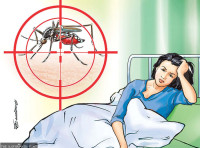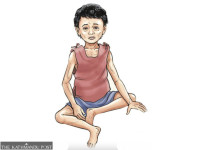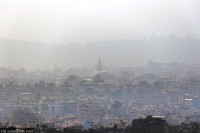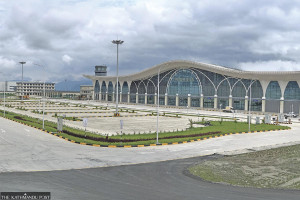Health
JE is surging and killing people, but Nepal has no vaccine
31 people have died in various districts over the past four months.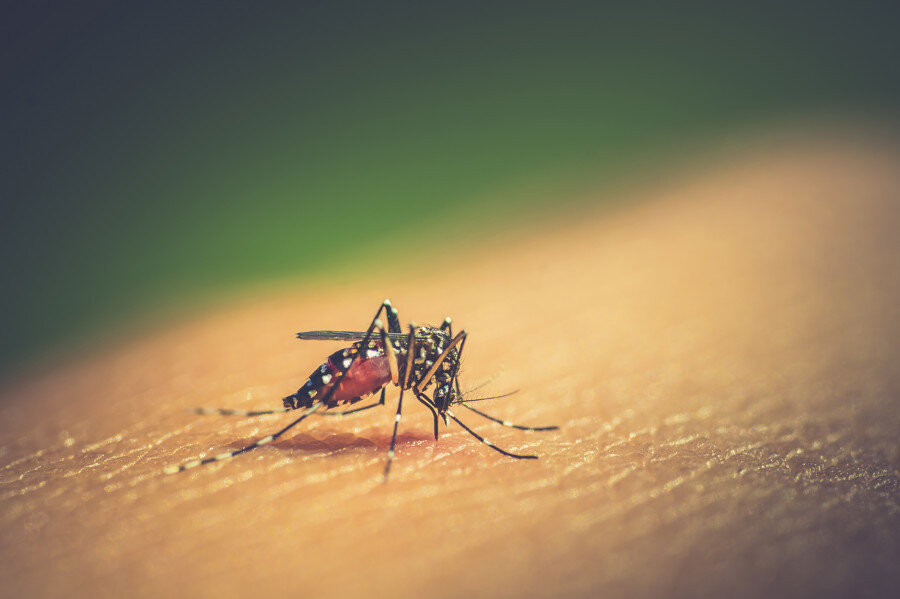
Post Report
Since June, 31 people have died and 133 others have been infected with the Japanese encephalitis (JE) virus in Nepal.
Both deaths and the number of infections are at their highest levels in recent years, health officials say.
According to data from the Ministry of Health and Population, 74 percent of those who died from JE were above 40 years of age, which means the unvaccinated population is at high risk of getting severe and dying.
“We are aware of the rising death toll from JE and are making every effort to make people aware of the risks,” said Dr Abhiyan Gautam, chief of the Immunisation Section at the Family Welfare Division under the Department of Health Services. “Mass vaccination of the unvaccinated population could lessen the death rate and prevent severity, but we don’t have vaccines available.”
JE is a viral brain infection, endemic to Asia and parts of the Western Pacific. According to the World Health Organisation, it is a mosquito-borne flavivirus belonging to the same family as dengue, Zika, yellow fever, and West Nile viruses. The virus kills a third of those who fall ill and leaves up to a half of those who survive with severe life-long disabilities, according to the UN health body.
Last year, 23 people succumbed to JE, including one in Kathmandu Valley, and over 80 people were infected. This year, 110 local units across all seven provinces have reported JE infections and deaths. Cases have been reported from 22 hill districts this year.
Lumbini province reported 11 JE deaths and 52 infections, the highest in the country, followed by Gandaki province with five deaths and 29 infections, and Bagmati province with five deaths and 23 infections.
Similarly, Koshi province reported four deaths and 24 infections, Madhesh province three deaths and 16 infections, Sudurpaschim province two deaths and 15 infections, and Karnali province one death and six infections.
The number of reported cases could be just the tip of the iceberg, as tests are usually carried out only on hospitalised patients with severe conditions, officials say.
This year, transmission was first detected in the eastern part of the country and gradually spread westwards. Seventy-one percent of lab-confirmed JE cases have been detected in those above 15 years of age.
Doctors say complications from JE infection could cause permanent injuries to the brain and the nervous system. As there is no specific cure, treatment focuses on managing symptoms. However, safe and effective vaccines have been developed to prevent infection.
Health officials said that their attempts to persuade development partners, including the World Health Organisation, to support a mass JE vaccination campaign have not succeeded in the past year.
In 2005, JE killed nearly 2,000 people in Nepal—mostly children in Tarai districts. Nepal started administering the vaccine in 2006, eight years before the World Health Organisation officially issued prequalification certification, due to high rates of infection and deaths from the virus at the time.
In the first phase, all populations of the highly affected four districts—Banke, Bardiya, Dang, and Kailali—were vaccinated. Later, the programme was expanded to 19 other affected districts, targeting children under 15.
The government integrated the JE vaccine into routine immunisation in 2015. Even then, people continue to die, and dozens get infected every year.
Public health experts say now is the right time to vaccinate all those at risk. Even if the vaccine cannot stop the ongoing outbreak, it provides immunity against future infections, according to them.
The JE virus is transmitted to humans through the bite of infected Culex mosquitoes. Pigs and ducks are considered natural reservoirs of the virus.
Doctors advise avoiding mosquito bites, such as by using mosquito repellents, wearing long-sleeved clothes, and getting vaccinated if one lives in or travels to disease-endemic areas. They also stress the importance of awareness and timely treatment to prevent infections and deaths.
An estimated 12.5 million people are thought to be at high risk of JE infection in Nepal.




 8.12°C Kathmandu
8.12°C Kathmandu

